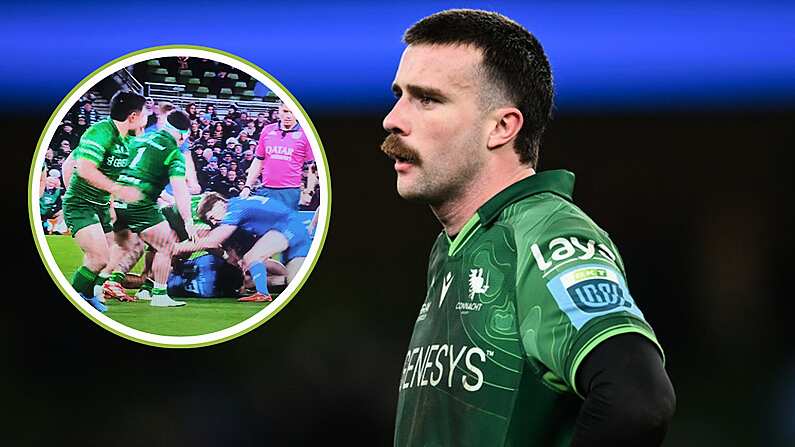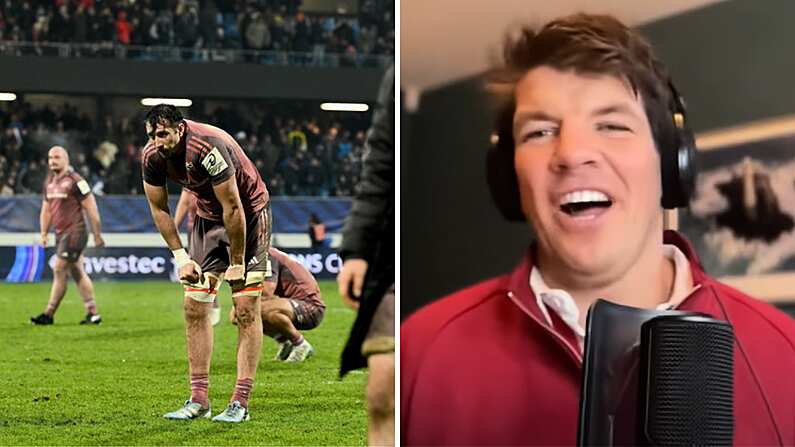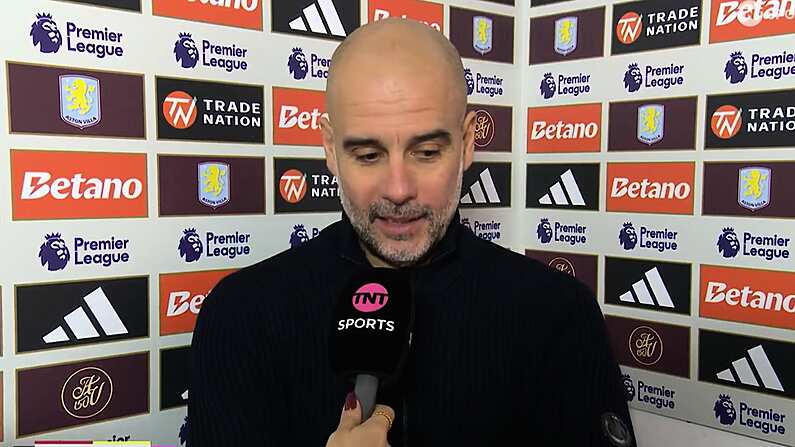It is often said that the best offence is a good defence. Recent developments in rugby would suggest this mentality has taken hold.
In a game defined by its collisions and gain-lain obsession, a suffocating rebuttal is paramount.
Rugby league coaches have flooded into union to mastermind defensive strategies, with Ireland's Andy Farrell the latest case in example. This demands stocking the defensive line with as many bodies as possible, minimalising the number of bodies committed to counter-rucks and rapid line speed.
With the national team, Ireland generally deploy a 14-1 structure. That means usually every player is in the defensive line, bar Rob Kearney. This explains the hidden genius of Kearney's ability to cover the backfield and the reason he is held in such high regard by Joe Schmidt.
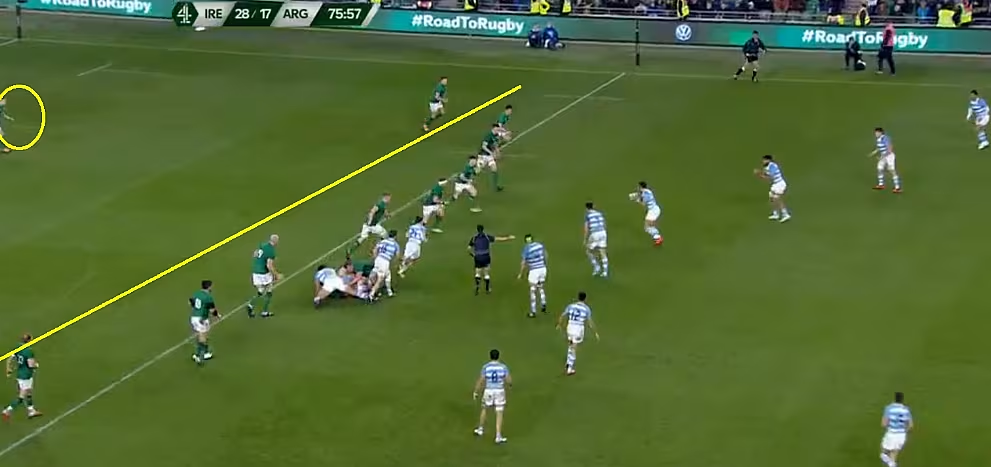
In grave contrast, New Zealand keep as many as three players in the backfield. It is why they are often at their most threatening when the opposition has the ball. A back three of Damian McKenzie, Ben Smith and Rieko Ioane counterattacking against a fractured kick-chase is a recipe for disaster.
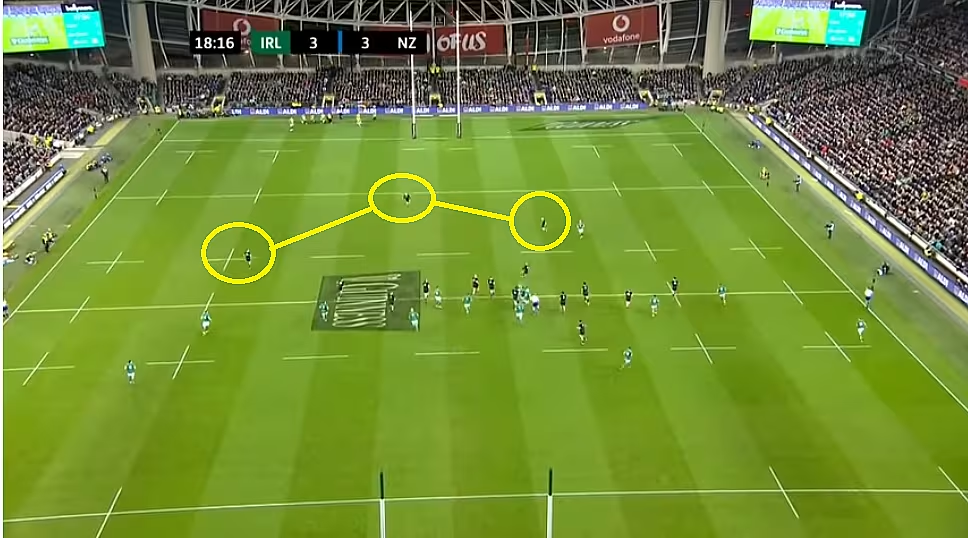
Due to fewer numbers in the backfield and more in the first line, the result is an increase in the number of chip-kicks or grubbers in behind. Munster exploited Gloucester's tendency to source only one player in the backfield with a left-footed grubber kick by Joey Carbery for an Andrew Conway try two weeks ago.
Last weekend, Ulster trailed 10-0 at half-time against Leicester in Welford Road. Dan McFarland's outfit had struggled to generate go forward ball against a powerful defensive press. However, at half-time, Ulster assistant coach Dwayne Peel took out-half Billy Burns aside to point out a flaw in their opposition's shape.
Burns opened up on the conversation during a recent interview with the Rugby Pod.
Credit to Dwayne Peel at half-time. For some reason, he said that Leicester at the weekend, whenever you get into their '22 they fill the frontline with 15 men which I have never seen before. Not even the scrummy, Ben Youngs, was in the backfield.
He had a quiet word in my ear just to have an eye on it. We got ourselves in a position and there was acres of space there. When you have got wingers like we have, with the speed they've got and the finishing ability, just put it in the right place... it ended up winning us the game.
Second European appearance and second try for Robert Baloucoune#SUFTUM pic.twitter.com/JPxCn5Jgku
— UlsterRugbySP ? (@UlsterRugbySP) January 20, 2019

In reality, this is a simple alteration exploiting a law of physics. If one area of space is full, another area of space is empty. Target the empty space.
In an interview with the Sunday Times last year, Ospreys coach Allen Clarke suggested a rule change that would see an attacking team better rewarded for a 'kick to touch.' A kick that lands inside the opposition '22 and bounces out of play would result in a line-out for the attacking team. This would ensure teams keep more players in the backfield to defend against such a kick and thus less-occupied defensive lines and more space for attacking rugby.
In lieu of that rule change, there are still ways to exploit the new wave of fully-stocked defensive lines. In the modern game, defensives now dominate, it is up to attacking sides to start to innovate.



